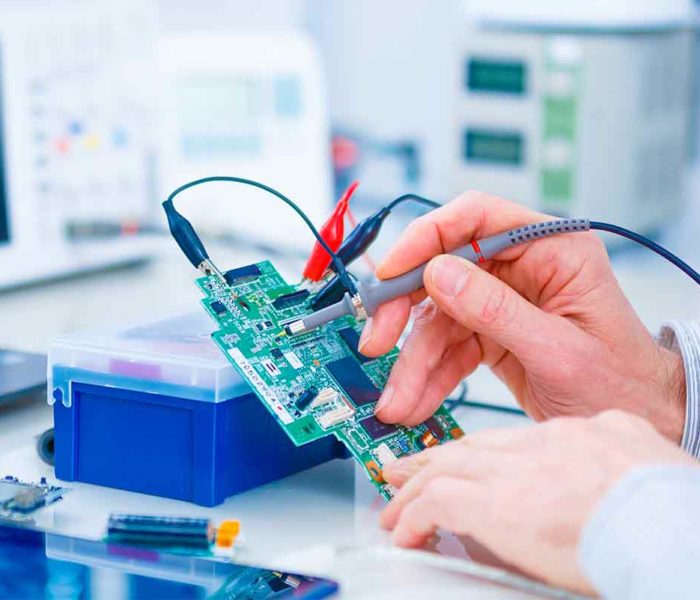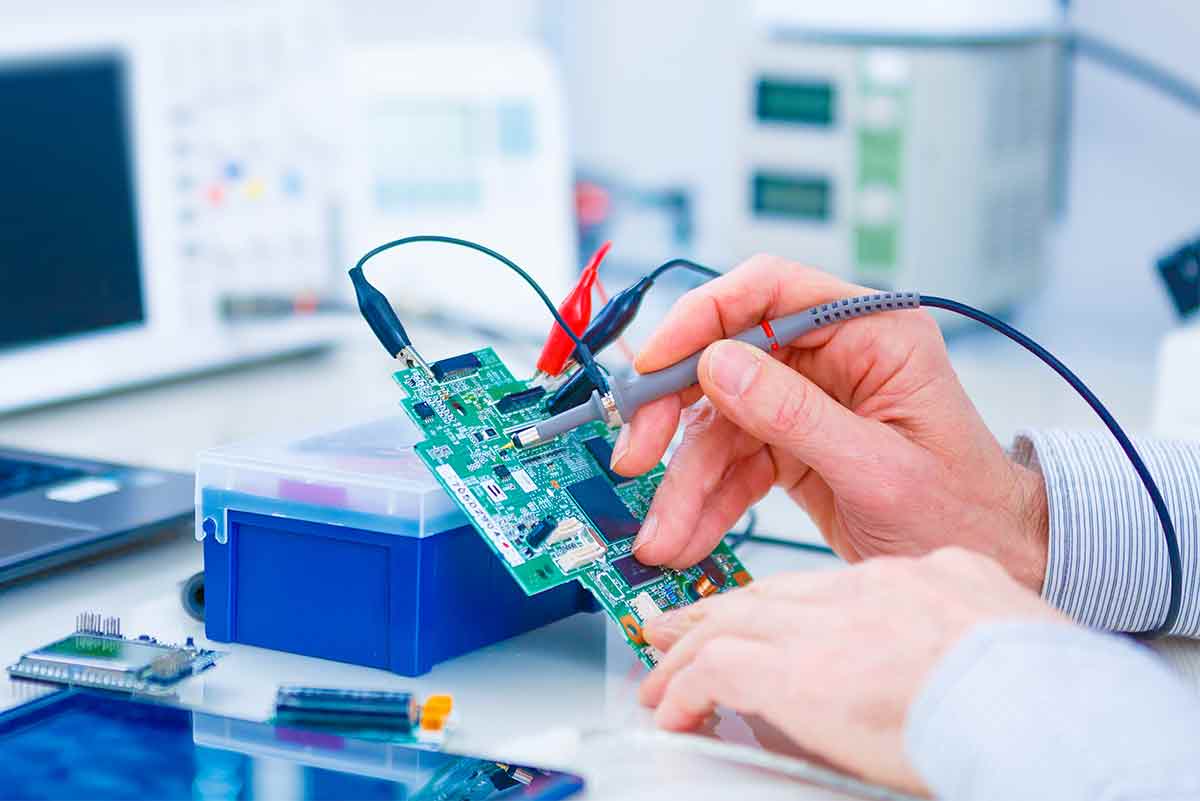Why SDC benefits companies?
Despite progress and some fantastic innovations in medical equipment and its digitalisation, devices cannot be combined freely in the OR. The problem is proprietary protocols and interfaces, meaning that a great deal of effort and money are currently required to integrate devices in the OR. Michael Czaplik, from Ilara GmbH, confirms this: “Unfortunately, due to a lack of cross-manufacturer standards and uniform protocols, there are many stand-alone solutions which either cannot be integrated in existing structures at all, or only at enormous cost. This problem is leading to a curbing of innovations, as well as unnecessary costs and delays.”
Other current problems concerning the integration of medical devices are:
- market entry for smaller companies, which is difficult or impossible
- legal requirements for integrated medical products, especially relating to their approval
- access to existing information due to the lack of interfaces
- the lack of integration in turn means no optimal user interface, so that errors can occur and patient safety can be endangered

Company representatives hope that the availability of SDC will lead to considerable improvements, giving OR staff access to innovative products and promising software solutions which are often very specialised. The SDC standards mean that every device has to use uniform interfaces and a uniform communication protocol. This considerably reduces the cost of implementation and also facilitates SME market entry. “We as manufacturers hope to be able to concentrate more on the development of innovative medical products. “Integration” should quite simply become a compulsory standard which has to be implemented, not a ‘nice to have'”, says Marcus Köny, Ilara GmbH.
Philipp Liebmann, Product and Marketing Manager at Richard Wolf GmbH, also looks forward to considerable improvements through SDC, for example a reduction in the obstacles to implementation, as well as certainty regarding the regulatory requirements for medical products in an integrated medical product network.
Dr. med. Dr. rer. nat. Michael Czaplik, Acting Partner Ilara GmbH:
”Innovation lives from small, creative contributors! The medical equipment network of the future is a platform; all compatible devices and systems can communicate with each other, completely independently of their manufacturer…”
Many companies see concrete benefits to be had from SDC, especially OEMs. They will support their customers in implementing the standards and integrating their protocols, and will now be able to offer a standardised basic network connection for all devices, without having to realise a customised solution every time. This saves on development capacity because in the long term the same underlying software and firmware will be applied to every device in the field. Initially this will mainly be via external connectors, but in the future systems will become modular and be directly equipped with SDC interfaces.
Marc Stanesby, Managing Director of steute Technologies GmbH & Co. KG, believes that operability and safety in the OR will improve: “steute is playing a key role in the way in which medical devices are operated. Our comprehensive range of foot and hand controls covers nearly all areas of medical equipment. In combination with our wireless communication and SDC, steute can develop user interfaces which will make work in the OR considerably easier and safer.”
Use of SDC-compatible devices means that customers are no longer bound to particular manufacturers, that the integration of new products and components becomes much easier, and that work in the OR is more flexible and efficient. In practical terms, numerous cables and adapters can be eliminated, reducing both purchasing and running costs.
SDC is therefore particularly relevant for devices which do not yet have an expedient standard. Devices which currently use DICOM or HL7 will continue to do so, but SDC represents an excellent opportunity concerning the integration of medical devices and the exchange of data for which uniform protocols and defined interfaces do not yet exist.
Dr.-Ing. Marcus Köny, Ilara GmbH:
”Our Ilara Open Connector, currently under development, facilitates the evaluation or transfer of data between the OR (SDC) and the IT world (HL7/FHIR). Via this Connector, traditional IT systems (KIS, PDMS) can thus acquire and use data simply and affordably. Devices which already use SDC for communication will not have to additionally implement HL7 or FHIR, for example, in order to communicate from the OR with the IT world.”
And there is also good news regarding the cost for end customers: to date, integration and interoperability have been complex, nontransparent and expensive to realise. The cost of implementing an SDC interface is far easier to calculate. The approval process for SDC-compatible devices will require increased effort,
but this will be offset by the fact that integration will reduce the overall number of different devices in the OR, in turn reducing both purchasing and running costs. Marc Stanesby expects that the real savings, however, will be found in the process optimisation taking place in the OR.


